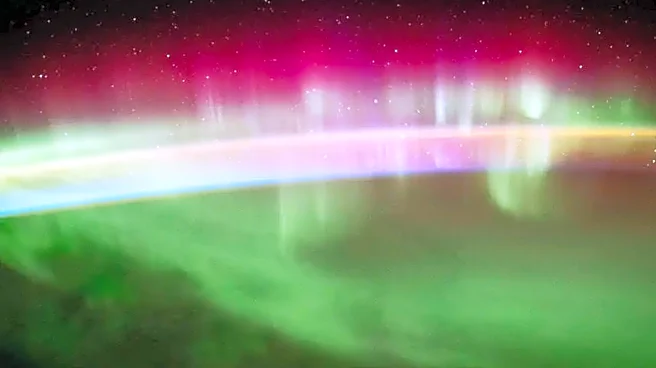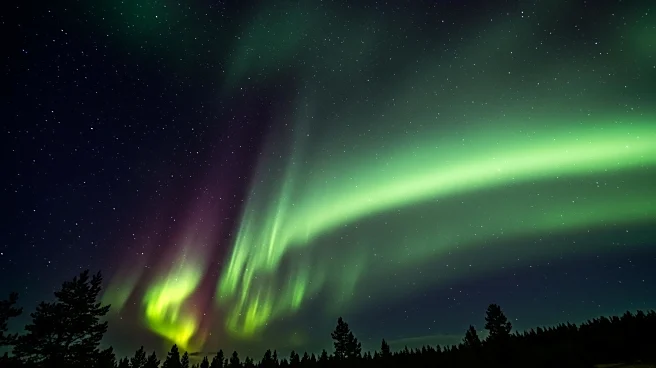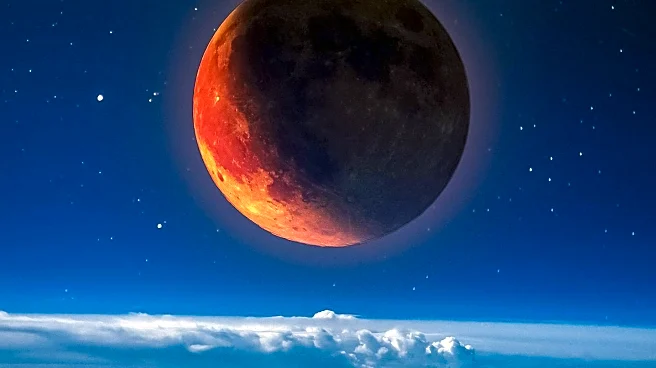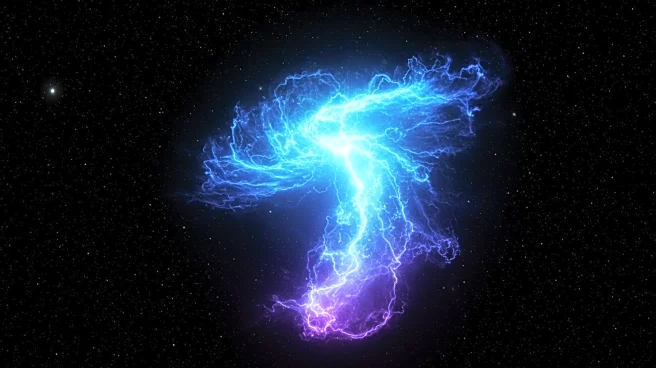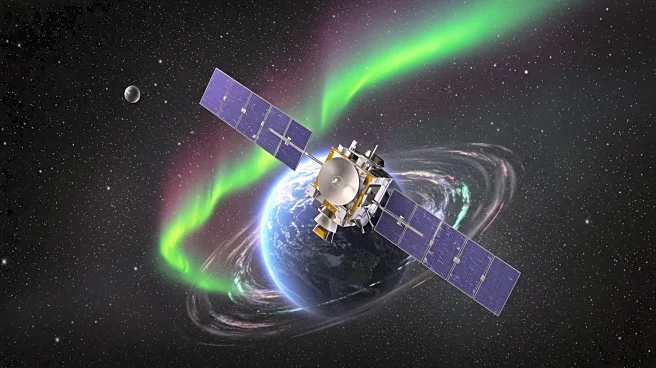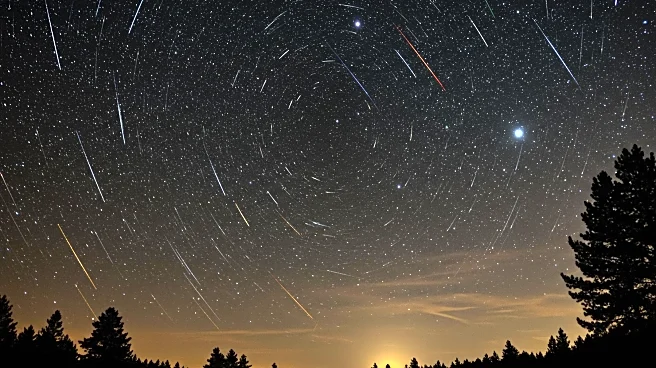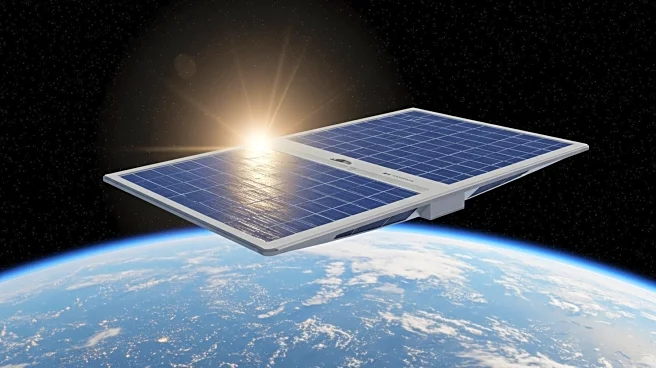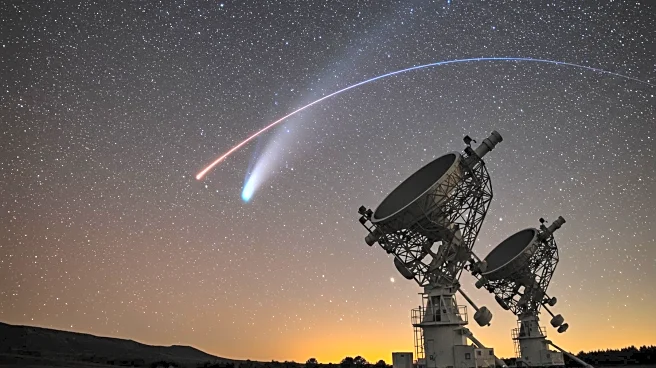What's Happening?
The National Oceanic and Atmospheric Administration (NOAA) has forecasted that the Northern Lights, or aurora borealis, will be visible in 14 northern U.S. states through Wednesday, August 20. This natural phenomenon occurs due to the interaction between Earth's magnetic field and solar plasma. NOAA has predicted a geomagnetic K-index of 5, which suggests that the aurora could be visible further from the poles than usual. The K-index, ranging from 0 to 9, measures disturbances in Earth's magnetic field, with a score between 3 and 5 indicating brighter auroral activity. The expected event is ranked as a minor occurrence on the geomagnetic storm scale.
Why It's Important?
The visibility of the Northern Lights in multiple U.S. states presents a unique opportunity for residents and tourists to witness this rare celestial event. It highlights the impact of solar activity on Earth's magnetic field, which can have broader implications for satellite communications and power grids. The event also underscores the importance of NOAA's monitoring capabilities in predicting geomagnetic disturbances. For the tourism industry, this phenomenon could attract visitors to regions where the aurora is visible, potentially boosting local economies.
What's Next?
As the Northern Lights are expected to be visible through August 20, residents in the affected states may plan nighttime activities to observe the aurora. NOAA will continue to monitor geomagnetic activity and provide updates on the K-index, which could influence the visibility of the aurora. Local businesses and tourism boards might capitalize on this event by organizing viewing parties or promoting travel packages. Additionally, scientists may use this occurrence to study the effects of geomagnetic storms on Earth's atmosphere.
Beyond the Headlines
The occurrence of the Northern Lights in the U.S. raises awareness about the interconnectedness of solar and terrestrial phenomena. It may prompt discussions on the need for improved infrastructure to mitigate the effects of geomagnetic storms on technology and power systems. Furthermore, the event could inspire interest in space weather research and education, encouraging more people to learn about the science behind auroras and their impact on Earth.
